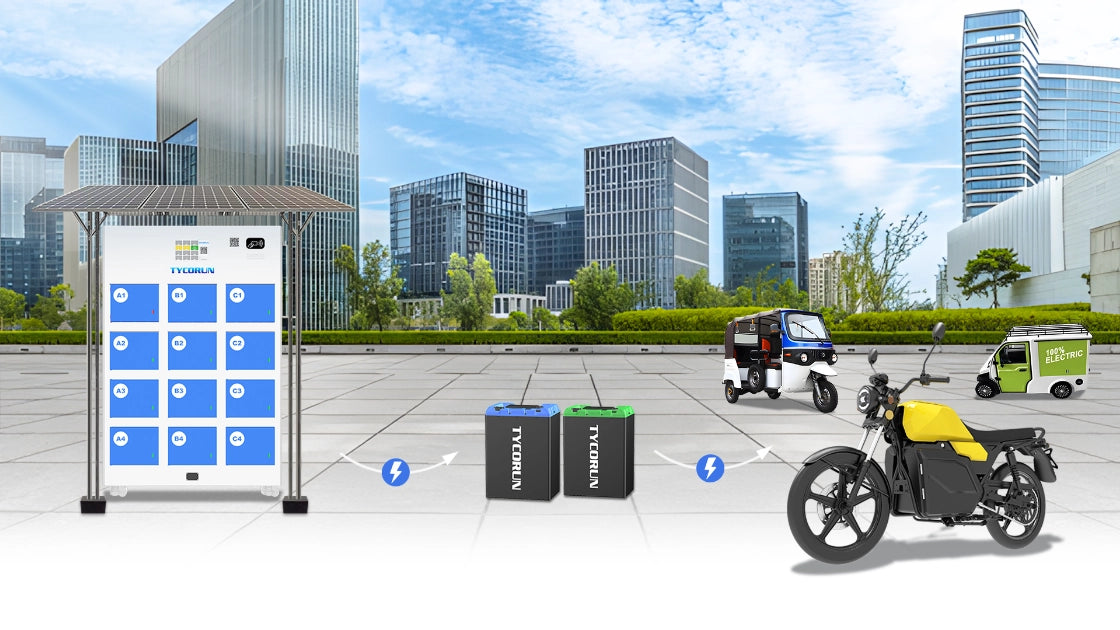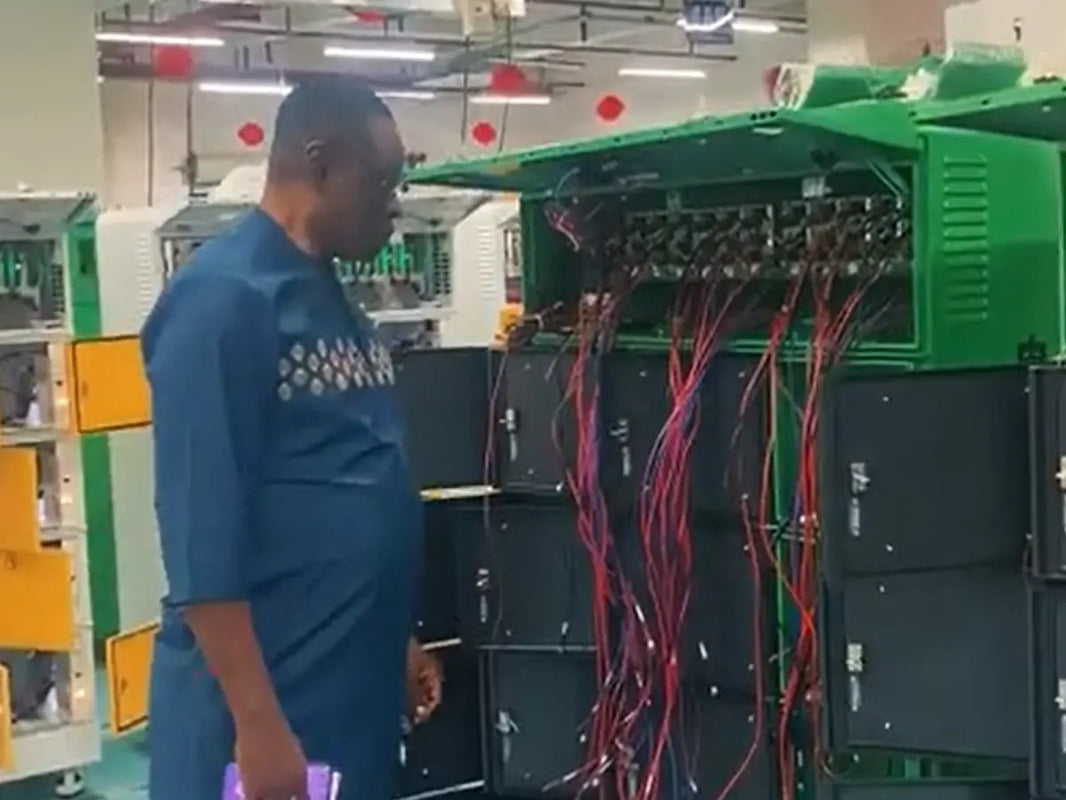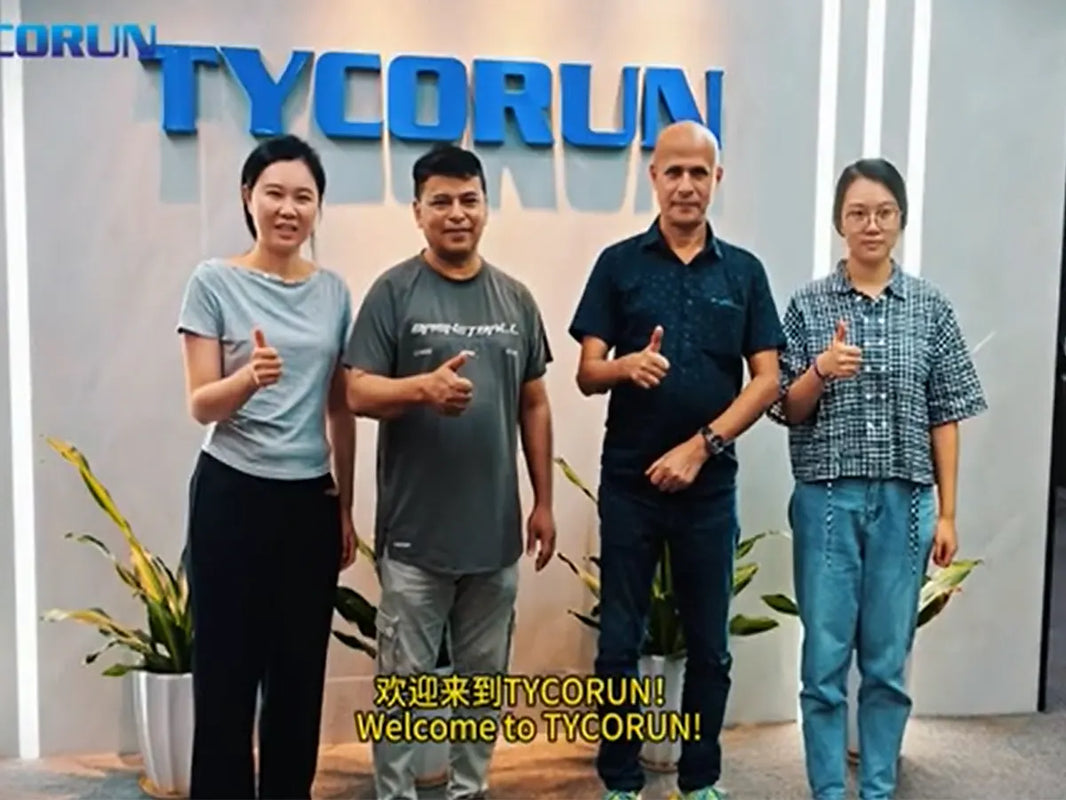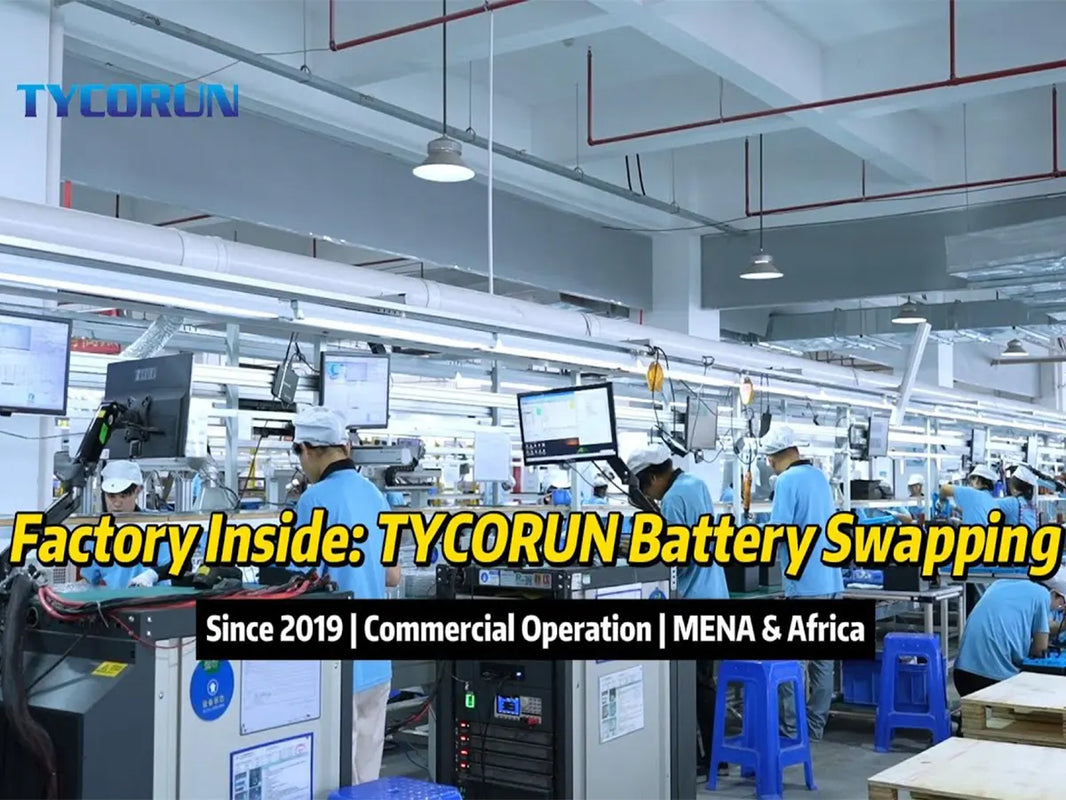
Main content:
According to the structural classification of anode materials, this article will briefly introduce the research and development progress of various lithium-ion batteries anode materials in terms of structural characteristics, performance characteristics, and improvement directions. Focus on the development status and future trends of next-generation high-energy-density battery anode materials.
1. Carbon materials
Carbon materials are the most widely used and most common anode materials for commercial use today, mainly including natural graphite, artificial graphite, hard carbon, soft carbon, and MCNB (mesocarbon microspheres). Before the next generation of anode materials mature, carbon materials, especially graphite materials, will remain the first choice and mainstream of anode materials.
① Graphite anode materials
Graphite anode materials are divided into natural graphite and artificial graphite according to the difference of its raw material and processing technology. Due to its low lithium-ion potential, high first-time efficiency, good cycle stability, and low cost, graphite has become an ideal anode materials for current lithium-ion battery applications.
Natural graphite: Generally, natural flake graphite is used as raw material, which is modified to make spherical natural graphite for use. Although natural graphite is widely used, it has several disadvantages:
- Natural graphite has many surface defects, large specific surface area, and low initial efficiency;
- Using PC-based electrolyte, there is a serious co-intercalation phenomenon of solvated lithium ions, which causes the graphite layer to expand and peel off, and the battery performance fails;
- Natural graphite has strong anisotropy, lithium ions can only be intercalated from the end face, and the rate performance is poor and lithium is easily separated.

Modification of natural graphite:
- Aiming at the problems of many surface defects and poor electrolyte tolerance of natural graphite, different surfactants were used for modification.
- Aiming at the problem of strong anisotropy of natural graphite, mechanical treatment is often used in industrial production to spherically shape the particle morphology.
Artificial graphite: It is generally made of dense petroleum coke or needle coke as a precursor, which avoids the surface defects of natural graphite, but still has problems such as poor rate performance due to crystal anisotropy, poor low temperature performance, and easy lithium decomposition when charging.
The modification method of artificial graphite is different from that of natural graphite anode materials. Generally, the purpose of reducing the degree of graphite grain orientation is achieved through the reorganization of the particle structure. Usually, a needle coke precursor with a diameter of 8-10 μm is selected, and easily graphitizable materials such as pitch are used as the carbon source of the binder. Through the roller furnace treatment, several needle coke particles are bonded to form secondary particles with a particle size D50 ranging from 14 to 18 μm, and then graphitization is completed, effectively reducing the OI value of the material.
② Soft carbon
Soft carbon, also known as easily graphitizable carbon material, refers to an amorphous carbon material that can be graphitized at a high temperature above 2500 °C. Generally speaking, according to the difference in the sintering temperature of the precursor, soft carbon will produce three different crystal structures, namely amorphous structure, turbulent layer disordered structure and graphite structure. The graphite structure is also the common artificial graphite.
Among them, the amorphous structure has attracted widespread attention because of its low crystallinity, large interlayer spacing, and good compatibility with the electrolyte, so it has excellent low-temperature performance and good rate performance. Soft carbon anode materials have high irreversible capacity, low output voltage, and no obvious charge-discharge platform when it is charged and discharged for the first time. Therefore, it is generally not used independently as anode materials, but is usually used as anode materials coating or component.
③ Hard carbon
Hard carbon, also known as non-graphitizable carbon material, is difficult to graphitize at high temperatures above 2500°C, and is generally obtained by heat treatment of the precursor in the range of 500-1200°C. Common hard carbons include resin carbon, organic polymer pyrolytic carbon, carbon black, and biomass carbon. Among them, phenolic resin can be pyrolyzed at 800°C to obtain hard carbon materials, and its initial charging capacity can reach 800mAh/g.

The application of hard carbon mainly considers the matching with cathode materials. The performance of lithium-ion batteries with lithium-rich materials as cathode materials and hard carbon as anode materials has been studied. It is found that the matching of the two materials can help reduce their respective initial irreversible capacities. Lithium-ion batteries prepared by using hard carbon as the anode materials and LFP as the cathode material by LIAO showed good rate performance and cycle performance, and the capacity retention rate was still more than 60% after 2000 cycles at 10°C.
2. Lithium titanate materials
Lithium titanate (LTO) is a composite oxide composed of metallic lithium and low-potential transition metal titanium, which belongs to the spinel solid solution of the AB2X4 series. The theoretical gram capacity of lithium titanate battery is 175mAh/g, and the actual gram capacity is greater than 160mAh/g. It is one of the anode materials that have been industrialized at present.
Pros:
- Zero strain: The lithium titanate unit cell parameter a=0.836nm, the intercalation and deintercalation of lithium ions during charge and discharge have little effect on its crystal structure. It avoids structural changes caused by material stretching during charging and discharging, so it has extremely high electrochemical stability and cycle life;
- No risk of lithium analysis: Lithium titanate has a potential of up to 1.55V for lithium, no SEI film is formed on the first charge, high initial efficiency, good thermal stability, low interface impedance, excellent low-temperature charging performance, and can be charged at -40°C;
- Three-dimensional fast ion conductor: Lithium titanate is a three-dimensional spinel structure, the intercalation space of lithium is much larger than that of graphite layer, and the ion conductance is an order of magnitude higher than that of graphite material, which is especially suitable for high-rate charge and discharge.

Cons:
- Lithium titanate also has low battery specific energy due to its low gram capacity and low voltage platform.
- Nano-materials have strong hygroscopicity, resulting in serious high-temperature gas production and poor high-temperature circulation. The material manufacturing process is complex and the cost is extremely high.
- The cost of the battery cell is more than three times that of a lithium iron phosphate battery with the same energy.
The pros and cons of lithium titanate are very obvious, and the performance is relatively extreme. Therefore, it is the correct application method to apply to specific subdivision fields and give full play to its strengths. At present, lithium titanate batteries are mainly used in urban pure electric BRT buses, electric hybrid buses, power frequency modulation peak shaving auxiliary services and other fields.
3. Silicon-based materials
Silicon is considered to be one of the most promising anode materials. Its theoretical gram capacity can reach 4200mAh/g, which is more than 10 times higher than that of graphite materials. At the same time, the lithium intercalation potential of Si is higher than that of carbon materials, and the risk of lithium deposition during charging is small and safer. At present, the research hotspots of silicon-based materials are divided into two directions, namely nano-silicon carbon materials and silicon-oxygen (SiOx) anode materials.
① Nano silicon carbon material
The initial research on nano-silicon carbon materials mainly focused on the low capacity direction of 400-500mAh/g, and the material structure mainly includes core-shell type and embedded type. In addition to material design, the chemical system of the battery is optimized by studying the binder, conductive agent and electrolyte, and the 600-cycle capacity retention rate of 400mAh/g silicon carbon material is more than 80%.
On this basis, by optimizing the particle structure, high-power materials are developed. At present, lithium-ion batteries made of low-capacity materials have been mass-produced in the industry, but from the actual results, the improvement of battery specific energy is extremely limited.
② SiOx anode materials
The reversible capacity of SiOx anode materials is as high as 1500-2000mAh/g, and the volume expansion during lithium intercalation is only 120%, which greatly improves the cycle life of Si-based materials. However, during the first intercalation process of SiO material Li, Li4SiO4 with no electrochemical activity will be generated, resulting in the initial efficiency of SiOx anode materials being much lower than that of graphite and silicon carbon materials, which has also become the main obstacle to the application of SiOx anode materials.
Therefore, the research on SiOx anode materials mainly focuses on how to reduce the initial irreversible capacity. For this reason, researchers have developed different methods of lithium supplementation, trying to compensate for the active lithium consumed by the anode during the first charging process. Due to the high requirements on the environment, the pre-lithiation process of SiOx anode materials is still in the laboratory stage and cannot be applied in a large scale. Therefore, the follow-up research will focus on the pre-lithiation of cathode materials and the pre-lithiation of SiOx anode materials.
4. Conclusion
This article summarizes the structural and functional characteristics of various anode materials for lithium-ion batteries, and reviews the latest research progress of various anode materials in lithium-ion batteries. At present, silicon-based anode materials in silicon based anode companies in the world have become the most promising next-generation anode materials, but the inherent characteristics of large volume expansion and poor cycle performance limit large-scale applications.
Most of the modification methods proposed in recent years have the problems of complex process and high cost. This requires researchers to continuously strengthen their understanding of the basic principles and develop simple and efficient methods to prepare composite nano-Si-based materials. Focusing on the development of lithium-ion batteries with low expansion, high first effect, high rate, safety and friendliness, it is hoped that silicon anode materials will replace graphite as soon as possible and achieve breakthroughs in the field of electric vehicles.
Related articles: natural graphite, silicon based
















